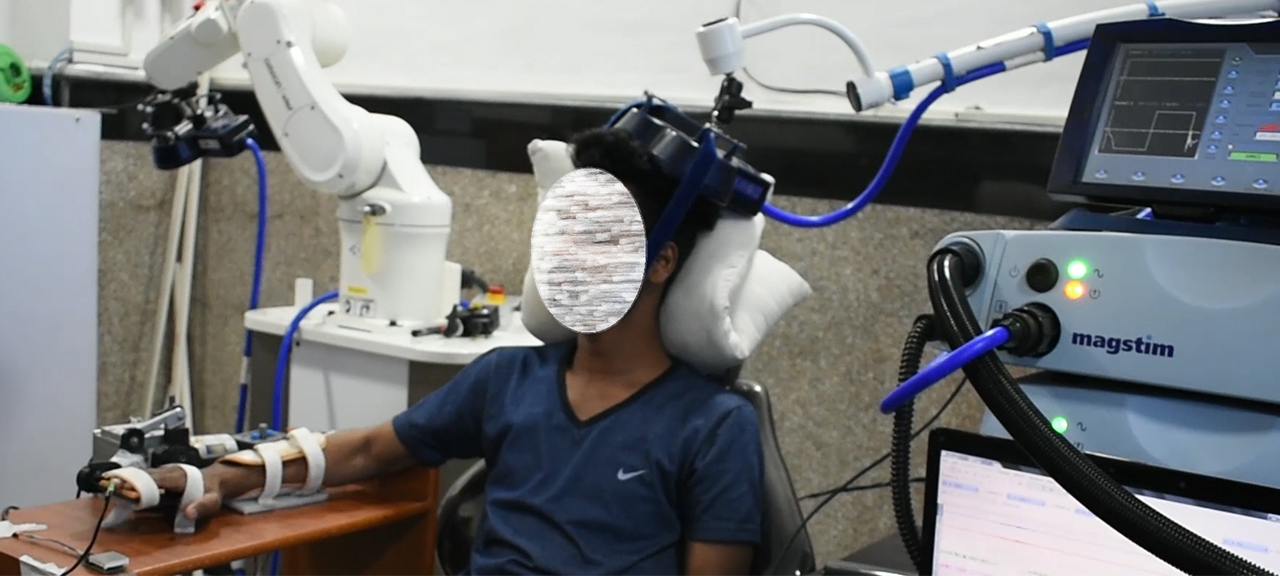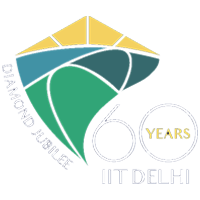CARE-DAT
Centers@iitd

The Center for Advanced Research and Excellence in Disability and Assistive Technology(CARE-DAT) is a joint venture activity of IIT Delhi and AIIMS, New Delhi. It has been designed to facilitate research and development of products and therapeutic protocols for assistive neurorehabilitative technologies for stroke recovery. The broader goal is to stimulate and foster sustainable innovation-driven inter-disciplinary research. It will explore the neuroscientific problems and will translate research discoveries into solutions for the masses.
Prof Amit Mehndiratta, Center coordinator(IITD) talks to Vanita Srivatava about the plans outlined for the Center, the broader objectives and focal areas of research.
When was the Center set up? What were the objectives behind setting up this kind of Center?
The Centre for Advanced Research and Excellence in Disability and Assistive Technology" (CARE-DAT) is set up very recently in April 2021. The center with a multidisciplinary approach is mandated to develop neuro-assistive devices for rehabilitation for a sustained clinical improvement of patients with stroke, thereby, leading to reduction of long-term disability and socioeconomic burden. It is also aimed at developing innovative technologies and rehabilitation products designed specially to ensure better compliance beyond hospital settings.
What are the major areas of research you are focusing on? How many PhD scholars are working at the Center? What kind of collaboration do you have with AIIMS?
The research focus of the center is to provide enriched dedicated facilities for ideation, development, support, optimization and validation of intelligent novel user-friendly neuro-assistive technologies like robotics, augmented and virtual reality platform, non-invasive brain stimulation for accelerating neural plasticity in the wide spectrum of neurological disorders like Stroke, Traumatic Brain Injury, Spinal Cord Injury, Cerebral Palsy, etc.
Currently two Ph.D. scholars and three postdocs are working at the center.
Collaboration with AIIMS:
- The center is a joint venture activity of IIT Delhi and AIIMS, New Delhi.
- AIIMS supports all the logistics and clinical activities of the center at the Department of Neurology and Department of Nuclear Magnetic Resonance, AIIMS.
- All the technological development and optimization of solutions is performed at the Biomedical Engineering, IIT Delhi.
What are the unique features of the Center-- how is it different from other such Centers.
This center is first of its kind in India, where both leading engineering and medical institutes has come together for development and clinical validation of novel technologies for rehabilitation. The mandate of the center is for research and development of products and therapeutic protocols for assistive neurorehabilitation. The center supports all steps of innovation of novel technology development, from ideation to product design and clinical validation of the product.
This center will provide leadership, research facilities, support, and training to accelerate the designing and development of neuro-assistive tools focused on restorative neuro-rehabilitation. It will create a platform at IIT Delhi in collaboration with AIIMS, Delhi as a clinical partner to stimulate and foster a sustainable innovation-driven and an inter-disciplinary research. It will explore the neuroscientific problems and will translate research discoveries into solutions for the masses through artificial intelligence, machine learning, robotics, IoT, virtual and augmented reality on neurological disorders such as stroke, cerebral palsy, brain injury, spinal cord injury, etc.
What are the main activities that you have planned for the first year?
The activities planned for the first year are as follows:
- Implementation of the scheme and facility creation at both institutes AIIMS and IIT Delhi.
- Recruitment of the staff under the project.
- Design optimization of the upper limb robotic exoskeleton device and its clinical evaluation on the larger cohort of patients with stroke.
- Initiate development of platform technology, using augmented and virtual reality, for neurorehabilitation.

